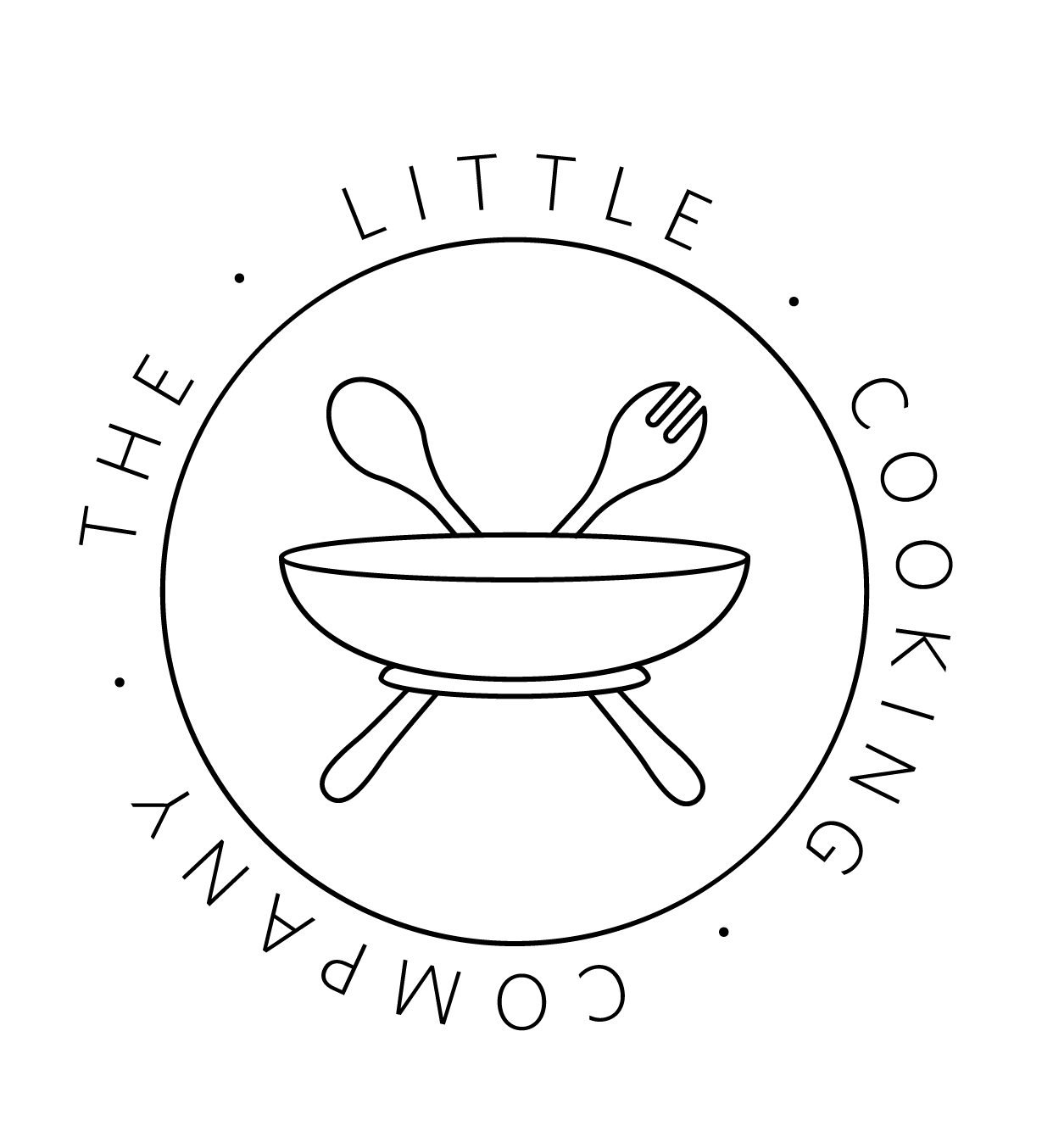Get Ahead for Christmas...
So Black Friday has been and gone, we’re in the midst of Christmas plays and the Elf has found his way back onto the shelf. I don’t know about you but my thoughts are turning towards the big day itself and the number one celebratory meal of the year….Christmas dinner.
In years gone by I was always a very happy recipient of Christmas dinner – my plate piled high with crunchy potatoes roasted in goose fat, sautéed Brussels, carrot and parsnip mash, juicy turkey –and of course, all the extras which transform just an ordinary roast into something worthy of its own hashtag: tiny sausages wrapped in streaky bacon, cranberry relish, stuffing and lashings of bread sauce. It wasn’t until I was faced with the reality of cooking my first #ChristmasDinner that I was struck with the sense of panic that I imagine many people each year – faced with the same proposition – experience.
Since setting up The Little Cooking Company I have had the pleasure of not only cooking Christmas Dinner for my own family, but for others too. And let me tell you, it’s really not as scary as you think. The key, as with most things, is preparation. Block out a few mornings over the next couple of weeks, set aside some freezer space, and you too can produce a delicious feast this December 25th without breaking a sweat, or missing out on an all-important glass of fizz. So without further musing, here is my get ahead plan and links to the recipes that I have tried, tested and turn to each year.
To do this week:
1. Order your turkey and sausages from your local butcher. He will be able to advise on size so go with his recommendation.
2. Make your cranberry relish. I loosely follow Delia’s recipe and the entire process takes about 20minutes. Decant into a container and stash in the freezer.
3. Prepare your bread sauce. Again, I bow to Delia on this. She calls for 2 hours of infusing time for the milk, but in reality this allows you a little free time to nip out or get a few other jobs done. The actual ‘cooking’ of the sauce takes 15 minutes and can then join the cranberry sauce in the freezer. It’s not complete at this point but I can assure that it needs little more than a dollop of cream and some butter on the big day itself.
To do next week:
1. Prepare some carrot mash. A great alternative to the normal, boring boiled roots, and leftovers are delicious spread on crusty bread with a good cheddar or Wensleydale. Jamie Oliver has a great recipe which I use, sometimes adding in some parsnip, if I’m not planning on roasting them as well. The best thing – it too can be frozen in advance.
2. If you are of the braised red cabbage persuasion, now is the time to get ahead with Delia’s brilliant make ahead recipe. I find that it gets better with age, so don’t feel guilty about stashing this away in the freezer alongside your other goodies.
3. If there is one thing that strikes fear into some of the most experienced cooks, it is getting hot gravy on the table at the same time as all of the other side dishes. Luckily, Ina Garten (aka the Barefoot Contessa) has come to the rescue with a make ahead version that needs only to be swilled around the roasting dish (I often omit the wine in her version) so that it can mingle with all of the lovely roasting juices and thicken slightly before serving.
On Christmas Eve:
1. Peel your potatoes and store in a saucepan of cold water to prevent discolouring.
2. Trim your sprouts, if necessary, and keep fresh in another bowl of cold water.
3. Wrap your sausages in streaky bacon and arrange on a foil-lined baking tray in the fridge.
4. Take all of your delicious homemade sides and sauces out of the freezer to defrost. If you have been clever enough to store them in Pyrex dishes, they can even go straight into the oven/microwave as needed without creating more washing up. Win!
5. And just before you go to bed, take your turkey out of the fridge so that it is at room temperature when it goes into the oven on Christmas morning.
On Christmas morning, there is still the turkey and sausages to roast, pre-prepped potatoes and Brussels sprouts to contend with but you can feel confident knowing that a delicious array of homemade sides and sauces is waiting for you to simply reheat while the turkey rests.
Now where’s that glass of bubbly….?














